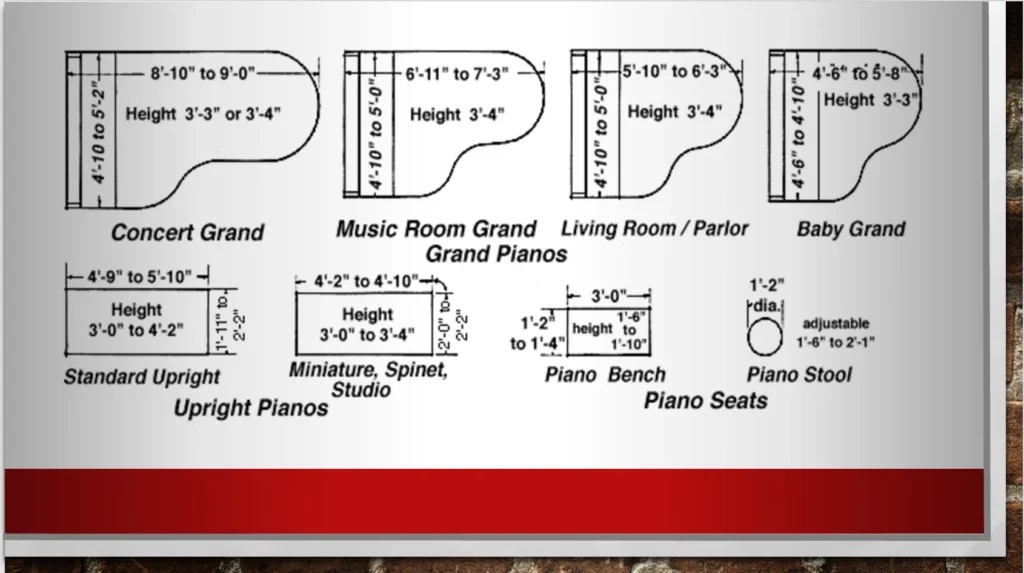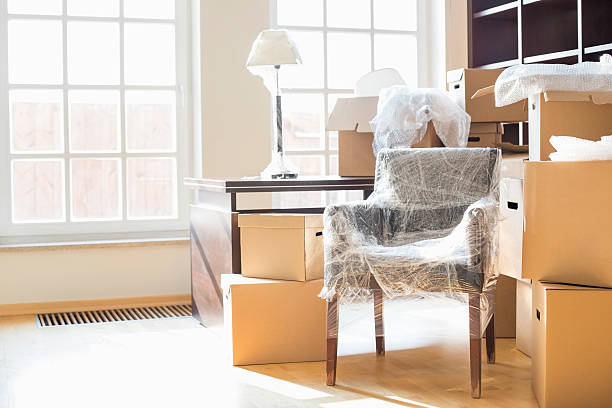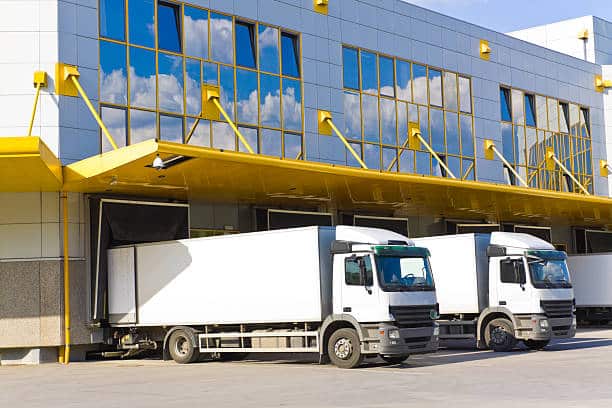How To Move a Grand Piano Across The Room
Moving a grand piano across the room takes skill, strength, and the right tools. Piano weigh hundreds of kilos and can get damaged with one wrong move. If you plan to shift it safely learn how to move a grand piano across the room without causing harm to the floor, the walls, or the piano itself. This guide helps you avoid mistakes and shows the correct way to do it step-by-step.

In this article, we’ll explore the essential steps to safely move a grand piano across the room. We’ll discuss:
- Assessing the space and measuring the piano
- Gathering the necessary supplies
- Preparing the piano for the move
- Effective moving techniques
- Positioning and unloading the piano
1. Assess the Space
Know Your Piano’s Size and Weight
Before you touch the piano its better to find out its model and size. Most grand pianos weigh between 300 to 1200 pounds depending on the brand and length. Baby grands are easier to move but concert grands need more effort. When you know the size you can choose the right moving equipment.

Piano Types And Their Sizes
- Baby grand piano – 5’1″ (155 cm)
- Medium grand piano – 5’7″ (170 cm)
- Living Room grand piano – 5’11” (180 cm)
- Parlor grand piano – 6’2″ (188 cm)
- Music Room grand piano – 6’11” (211 cm)
- Half-Concert grand piano – 7’5″ (227 cm)
- Concert grand piano – 9′ (274 cm)
Clear the Path
Once you have your measurements, clear the area of any furniture or obstacles. This step is vital for ensuring a smooth and safe moving process. A free path reduces the risk of accidents and makes makes the piano easier.
2. Gather Essential Supplies
To move your grand piano safely, you’ll need the right tools. Here’s a list of essentials:
- Heavy-duty furniture dolly or piano dolly: This will make transporting the piano much easier.
- Straps or rope: These will help secure the piano during the move.
- Moving blankets: Use these to protect the piano’s surface from scratches and dents.
- Gloves: Wearing gloves will give you a better grip and protect your hands.
Having the right equipment will make the process smoother and minimize the risk of injury or damage.
3. Prepare the Piano for Moving
Lock the Lid and Remove Accessories
Shut the keyboard lid and lock it to avoid damage. Take off items like lamps, sheet holders, or covers. This keeps the piano balanced and prevents things from falling. A clean piano is easier and safer to move.
Secure Loose Parts
Before you start moving, ensure that any loose parts, like the piano lid and pedals, are secured. This will prevent any movement during the process that could cause damage.
Wrap the Piano
Using moving blankets, carefully wrap the piano to protect its surface. Secure the blankets with straps or rope to ensure they stay in place throughout the move. This extra layer of protection is crucial for safeguarding your instrument from scratches.

4. Moving Techniques
Use Proper Moving Equipment
Don’t try to push a grand piano with bare hands. Use a piano dolly, moving straps, and heavy-duty gloves for grip. Some people rent a skid board for more control. With the right tools, the piano glides smoothly across the floor.
Lift, Don’t Drag the Piano
If you must lift the piano slightly, bend your knees—not your back. Lifting reduces strain on the piano’s legs and prevents cracking. Dragging can loosen joints or snap wooden parts. Always lift with control and lower it gently.
Protect the Floor and Piano Legs
Use floor sliders under the piano legs if you’re not using a dolly. Sliders prevent scratches on wooden or marble floors. If you have thick carpet, use plywood sheets for a stable base. This helps the piano roll without damage.
Teamwork is Key
Moving a grand piano is not a one-person job at all so please don’t be a “Mr.-I-can-do-it-all” and always have at least one other person to help. Communication is essential during this process, so coordinate your movements and work together to navigate tight spaces.
5. Positioning and Unloading
Repositioning in the New Location
When you reach the new spot, gently move the piano off the dolly and into its new position. Take your time to avoid any instantaneous movements that could cause damage.
Final Adjustments
Once the piano is in place, make sure it’s level and properly positioned for use. This final step ensures that the instrument sounds its best and remains stable.

FAQs
How heavy is a grand piano?
A grand piano can weigh anywhere between 300 and 1200 pounds. Always check the weight before moving it.
Can I move a grand piano alone?
No, it’s unsafe to move one by yourself. Always use a team and proper tools.
What tools help move a piano indoors?
You’ll need a piano dolly, moving straps, gloves, and floor sliders. Some people also use a piano board for added control.
Is it okay to drag a grand piano across the floor?
No, dragging can damage the legs and scratch the floor. Use sliders or lift carefully with a team.
Hire Professionals Piano Movers
Looking for piano movers in Dubai? Our expert team is here to ensure your precious instrument is handled safely and efficiently. Contact United Movers Dubai today for a free quote! You can call us at 0553458700






